Economic benefits vs Privacy concerns: the challenge with regulating online advertising

by Salim Chouaki and Oana Goga (Centre national de la recherche scientifique)
How can we regulate online advertising to protect users from malicious advertisers while preserving companies’ consumer acquisition?
Facebook is one of the most used ad platforms in online advertising, and this enormous success is justified by the precise targeting features it offers to advertisers. Indeed, Facebook exploits data about users’ activity in its social network to infer characteristics about them. These are then made available to advertisers to target their ads.
More precisely, Facebook proposes many options to create audiences and the simplest one is to specify basic demographic attributes such as age, gender, location and languages of the targeted users. Furthermore, advertisers have access to more advanced targeting methods that we consider as micro-targeting: (a) advertisers can use more than 240k interest, behaviour and advanced demographic attributes to create audiences; (b) they can upload lists of users’ identifiers such as email addresses and phone numbers of the targeted users; and (c) they can ask the Facebook ad platform to extend an audience with similar users.
These micro-targeting techniques are interesting from an economic point of view as they allow advertisers to target potential consumers more effectively at a lower cost. Furthermore, these strategies are seen by economists as marketing tools that level up the competition between big and small companies,leading to a more fair market. However, on the other hand, they can also represent a threat to users’ privacy as they allow malicious advertisers to target people using sensitive attributes with well-crafted messages.
The European Commission, as well as other governments, are working on regulating online advertising in order to avoid such misuses of ad platforms in the future, and most of the discussions are about banning or restricting the micro-targeting strategies we mentioned above. While such measures are desirable from a user security and privacy perspective, they could have unwanted economic consequences on regular advertisers, who are just using ad platforms to promote their services and make a profit. More particularly, they could have a negative impact on small companies since they seem to be the ones taking the most benefit from it according to the economic literature.
We wanted to investigate whether and to what extent small and medium companies (less than 200 employees) are actually using the Facebook ad platform to promote their services, and whether banning micro-targeting would impact their economic potential. Only Facebook and other ad platforms have access to data that could answer these questions, and to solve this, our strategy was to conduct a large-scale experiment by recruiting 890 users from Prolific, a crowdsourcing platform, who agreed to install our tool and donate data about what they receive on Facebook. We collected from this experiment, a dataset of 102k ads from 40k different advertisers. Furthermore, to get information about advertisers’ companies, we matched the Facebook pages of 52k advertisers with their corresponding LinkedIn company profiles.
Our analysis shows that small and medium companies account for the majority of Facebook advertisers (71%) and their ads for the majority of ads promoted on Facebook (61%). Moreover, our results show that there is a large diversity of business activities among Facebook advertisers, including personal Facebook pages, individual service providers and personally owned stores. These results seem to support the economic literature that emphasizes the benefits of online microtargeting for small businesses, because it enables advertising at a low cost. Hence, whatever measures regulators will choose, they will have an important impact on small and medium companies as they account for the majority of advertisers online. Small and medium companies would be unfairly hit by a potential ban of micro-targeting as they do not have the resources of large companies for alternate advertising models.
Regarding the use of micro-targeting, 70% of all ads we collected were targeted using only age, gender and location; hence 70% of the ads are NOT micro-targeted. Our study revealed that only 28% of small and medium-sized companies, and 30% of large ones micro-targeted at least one of their ads. Hence, advertisers do not seem to make use of the advanced micro-targeting strategies provided to them by ad platforms as previously believed.
However, this result does not imply that micro-targeting is not useful for advertisers as a marketing strategy. In fact, ad platforms, on their side, are performing their own micro-targeting, on top of the micro-targeting parameters selected by advertisers. Indeed, Facebook claims in its Terms of Services (ToS) to exploit users’ data to decide which users receive what ads by selecting the ones that are most likely to engage with, regardless of whether the ad was micro-targeted or not by the advertiser. This points out a complementary and lesser-known type of micro-targeting that we name algorithmic-driven micro-targeting. As the ToS of Facebook explains it, this algorithmic-driven micro-targeting is applied to every ad. Hence, the existence of algorithmic-driven micro-targeting could explain why advertisers do not micro-target their ads, as they might prefer to outsource the micro-targeting task to the ad platforms themselves. Currently, governments are only looking to regulate (ban or restrain) advertiser-driven micro-targeting. Our study emphasises the fact that algorithmic-driven micro-targeting might play a bigger role in deciding who sees what ads than advertiser-driven micro-targeting, and lawmakers should take it seriously into consideration when discussing regulating micro-targeting.


